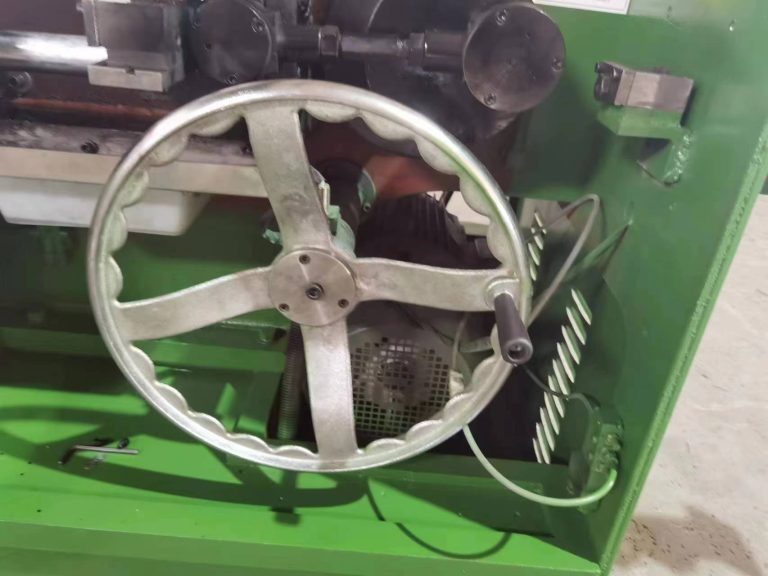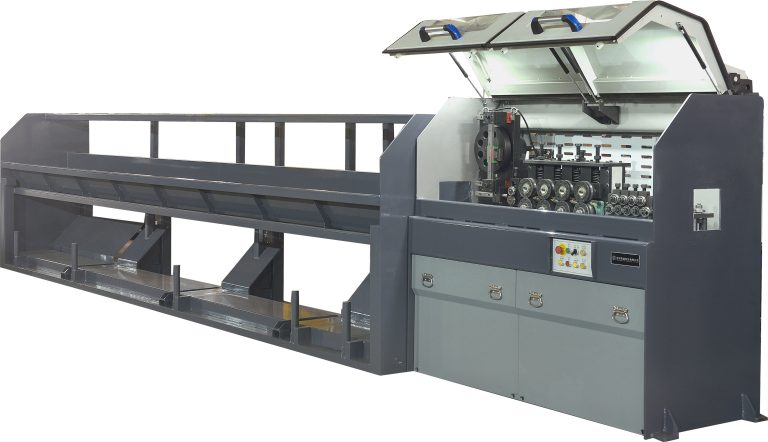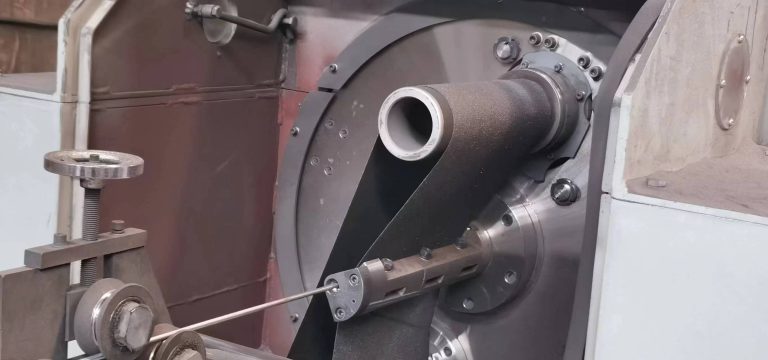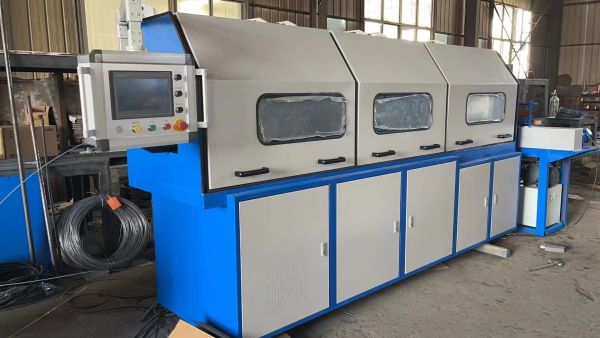Table of Contents
The Importance of Proper Maintenance for Take-Up Machines
Take-up machines are an essential component in various industries, including textiles, paper, and wire and cable manufacturing. These machines are responsible for winding up the finished product onto a spool or reel, ensuring that it is properly stored and ready for further processing or distribution. Proper maintenance of take-up machines is crucial to ensure their optimal performance and longevity.
One of the key reasons why maintenance is so important for take-up machines is to prevent breakdowns and costly repairs. Like any piece of machinery, take-up machines are subject to wear and tear over time. Regular maintenance, such as lubrication of moving parts and inspection of belts and bearings, can help identify potential issues before they escalate into major problems. By addressing these issues early on, you can avoid unexpected downtime and production delays.
In addition to preventing breakdowns, proper maintenance can also improve the efficiency and productivity of take-up machines. When a machine is well-maintained, it operates more smoothly and reliably, resulting in higher output and lower operating costs. Regular maintenance can also help identify opportunities for optimization, such as adjusting tension settings or upgrading components to improve performance.
Another important aspect of maintenance for take-up machines is safety. These machines often operate at high speeds and under high tension, making them potentially dangerous if not properly maintained. Regular inspections and maintenance can help ensure that all safety features are functioning correctly and that the machine is in compliance with industry regulations. By prioritizing safety through maintenance, you can protect your workers and prevent accidents in the workplace.
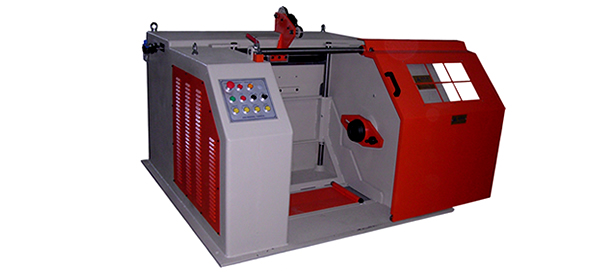
Proper maintenance of take-up machines also extends their lifespan, ultimately saving you money in the long run. By investing in regular maintenance, you can prolong the life of your equipment and delay the need for costly replacements. This not only reduces capital expenditures but also minimizes the environmental impact of disposing of old machinery. By taking care of your take-up machines, you can maximize their value and return on investment.
When it comes to maintaining take-up machines, there are several best practices to keep in mind. Regularly scheduled inspections and maintenance checks should be conducted by trained technicians to ensure that all components are in good working order. Lubrication of moving parts should be done according to manufacturer recommendations to prevent friction and wear. Belts, bearings, and other wear parts should be inspected and replaced as needed to prevent unexpected failures.
In conclusion, proper maintenance of take-up machines is essential for ensuring their optimal performance, longevity, and safety. By investing in regular maintenance, you can prevent breakdowns, improve efficiency, and extend the lifespan of your equipment. Remember to follow best practices for maintenance and work with trained technicians to keep your take-up machines in top condition. By prioritizing maintenance, you can protect your investment and keep your operations running smoothly.
How to Increase Efficiency and Productivity with Take-Up Machines
Take-up machines are essential tools in various industries, including textile, wire and cable, and paper manufacturing. These machines play a crucial role in increasing efficiency and productivity by automatically winding up materials onto spools or reels. By utilizing take-up machines effectively, businesses can streamline their production processes and reduce manual labor, ultimately saving time and money.
One of the key benefits of using a take-up machine is its ability to handle large volumes of material quickly and efficiently. These machines are designed to wind up materials at a consistent speed, ensuring that the finished product is of high quality. By automating the winding process, businesses can increase their production output and meet tight deadlines with ease.
In addition to improving efficiency, take-up machines also help to reduce the risk of human error. Manual winding can be a tedious and time-consuming task, and mistakes are more likely to occur when workers are fatigued or distracted. By using a take-up machine, businesses can minimize the risk of errors and ensure that each spool or reel is wound up correctly every time.
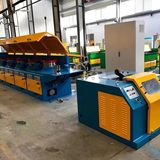
Furthermore, take-up machines are versatile tools that can be customized to meet the specific needs of different industries. Whether you are working with delicate fabrics or heavy-duty cables, there is a take-up machine available to suit your requirements. These machines can be adjusted to accommodate different materials, spool sizes, and winding speeds, making them a valuable asset for businesses of all sizes.
Another advantage of using a take-up machine is its ability to improve workplace safety. Manual winding can be a hazardous task, especially when dealing with heavy or bulky materials. By automating the winding process, businesses can reduce the risk of injuries and create a safer working environment for their employees. This not only protects workers from harm but also helps to minimize downtime and costly accidents.
To maximize the efficiency and productivity of your take-up machine, it is essential to invest in regular maintenance and servicing. Like any piece of equipment, take-up machines require proper care and attention to ensure optimal performance. By keeping your machine well-maintained, you can extend its lifespan and prevent costly breakdowns that could disrupt your production schedule.
In conclusion, take-up machines are valuable tools that can help businesses increase efficiency and productivity in various industries. By automating the winding process, these machines streamline production processes, reduce the risk of human error, and improve workplace safety. With the ability to handle large volumes of material quickly and efficiently, take-up machines are essential for businesses looking to meet tight deadlines and deliver high-quality products to their customers. By investing in regular maintenance and servicing, businesses can ensure that their take-up machines continue to operate at peak performance, ultimately saving time and money in the long run.



